You’ve spent days—maybe even weeks—crafting the perfect training program. You’ve got the content, the engaging exercises, and you’re ready to roll it out. The team’s excited, everyone’s on board, and you’re feeling confident that this training will hit all the right notes. But then, a few weeks later… it’s like nothing happened. Employees are back to their old habits, and all that energy you poured into the session seems wasted.
This is a real challenge that we all face in the world of Learning & Development. But here’s the thing: training doesn't have to be a one-hit wonder. It doesn’t have to be a “here today, gone tomorrow” kind of thing. With proper reinforcement, your training can lead to actual, lasting behavior change.
Why Is Reinforcement So Important?
Here’s the deal—training isn’t just about getting employees through a session and ticking a box. It’s about making sure they actually apply what they’ve learned in their day-to-day work. And that’s where most programs fall short. It’s easy to deliver content, but if that content isn’t reinforced over time, it’s likely to fade.
Think of training like planting a seed. You can’t just plant it and expect it to grow into a tree all on its own. You need to water it, nurture it, and give it a little sunshine along the way. Reinforcement is like the water and sunlight that ensures the seed actually grows into something strong and lasting. Without it, the knowledge you’ve shared will eventually wither away.
In fact, studies have shown that people forget up to 70% of what they learn in training within 24 hours—that’s pretty sobering, right? The takeaway here is that, unless we’re reinforcing training, it doesn’t matter how great the session was. The knowledge won’t stick.
The Common Pitfalls That Stop Training from Sticking
1. Overloading Employees with Information
We’ve all been there, right? We pack so much into a session that by the end, it’s hard for anyone to remember what was covered, let alone put it into action. Overloading employees with information can leave them feeling overwhelmed. And when employees are overwhelmed, the chances of applying anything they learned go way down.
Think of it this way: It’s like cramming for an exam, only to forget everything the next day. Instead of hitting them with everything at once, break it down into smaller chunks that they can absorb and apply more easily.
2. Lack of Ongoing Support
Training doesn’t end when the session does. This is where many programs fall short. Without proper follow-up and support, employees are left to navigate on their own. And we all know that learning doesn’t stick without continuous reinforcement. They need those reminders, those check-ins, and that ongoing support to keep the new skills fresh and in use.
3. No Real Connection to Day-to-Day Work
Training needs to be tied directly to employees’ everyday tasks. If it feels disconnected from what they do on a daily basis, they’ll have a hard time seeing how it’s relevant, and the training will quickly be forgotten.
For example, if your training focuses on leadership skills but doesn't provide clear examples of how those skills play out in real-life situations, employees won’t see why it matters or how to apply it. It’s not just about what you teach—it’s about how you make it practical.
Strategies to Make Training Stick: Reinforcement Is Key
Now that we’ve tackled why training doesn’t always lead to behavior change, let’s talk about how we can ensure it does. The key is reinforcement. Let’s look at some practical strategies for reinforcing training and making it stick.
1. Follow-Up Sessions: Keep the Momentum Going
Here’s the thing: training isn’t a one-and-done deal. You can’t just send employees off after the session and expect everything to stick. Follow-up sessions are crucial for reinforcing what was learned. These don’t have to be long or drawn-out; a quick refresher or Q&A session can make a huge difference.
For example, let’s say you’ve just trained your team on a new software system. A week later, hold a brief session to check in. Ask them what’s working, what challenges they’re facing, and reinforce key points they may have forgotten. This gives employees a chance to ask questions and apply what they’ve learned, making sure they stay on track.
2. On-the-Job Practice: Make It Real
Training doesn’t stop when employees leave the session. Give them opportunities to practice their new skills right away. The more they can apply what they’ve learned in real-world scenarios, the more likely it is to stick.
For example, if your training focused on improving customer service skills, encourage employees to immediately start applying those techniques with customers. The sooner they practice, the better they’ll retain the skills. Provide them with clear examples and let them know how they’re performing.
3. Microlearning: Short and Sweet
Microlearning is a great way to reinforce training without overwhelming your team. Instead of bombarding them with long sessions, break down the content into bite-sized pieces that are easy to digest. Microlearning can come in the form of short videos, quick quizzes, or one-page documents. This allows employees to refresh their memory quickly without feeling overloaded.
For instance, if you’ve trained employees on new software, send them a 5-minute video each week that covers a different feature. These quick bursts of learning help reinforce what was covered in the original training and ensure employees continue to improve their skills.
4. Peer Coaching: Learn Together
Reinforcement doesn’t have to come from just you—it can come from within the team. Peer coaching is a fantastic way to make sure new skills are being applied. Pair employees up so they can coach each other and hold each other accountable for applying what they’ve learned.
For example, after a leadership training session, encourage employees to partner up and practice their new skills together. One might coach the other on giving feedback or handling difficult conversations. Not only does this reinforce the training, but it also builds camaraderie and helps foster a supportive learning environment.
5. Recognize and Reward Progress
Positive reinforcement goes a long way in making training stick. Recognize employees who are applying their new skills in real-world situations, and celebrate small wins. This could be through shout-outs in meetings, a quick thank-you email, or even formal rewards like gift cards or extra time off.
Recognition boosts morale and shows employees that you value their efforts, encouraging them to keep using their new skills. Plus, when others see their peers being recognized for applying what they’ve learned, it motivates them to do the same.
Training Is Just the Beginning
Training is only the start of the journey. Without reinforcement, it’s easy for employees to forget what they’ve learned and slip back into old habits. To make sure your training is truly effective, focus on continuous reinforcement: follow-up sessions, on-the-job practice, microlearning, peer coaching, and recognition.
By reinforcing training, you’re not just helping employees remember; you’re helping them apply what they’ve learned, making a lasting impact on their performance and the overall success of your team. It’s time to stop making training a one-time event and start making it a continuous journey of growth and improvement.


















